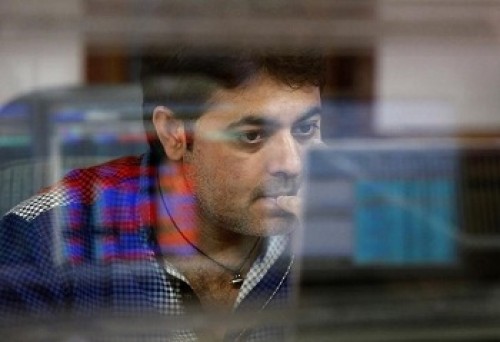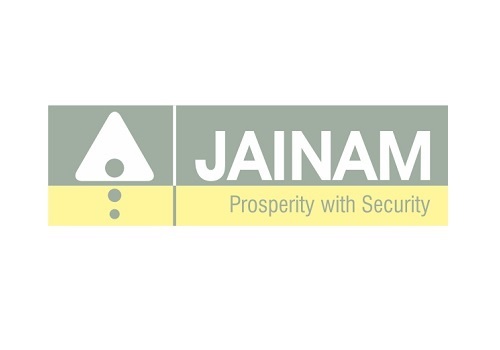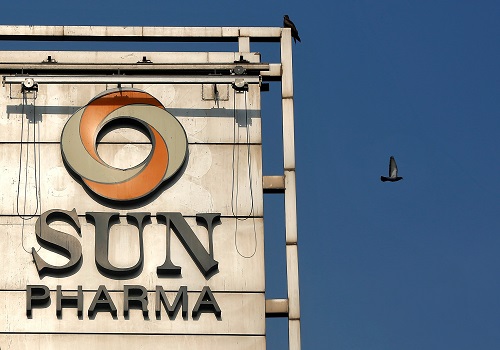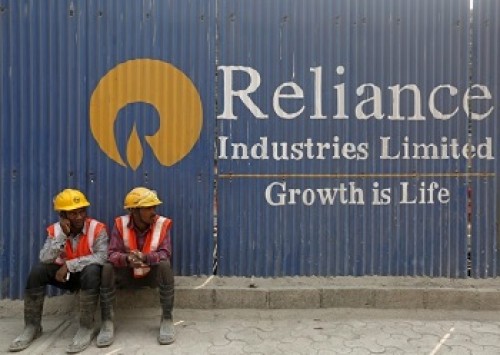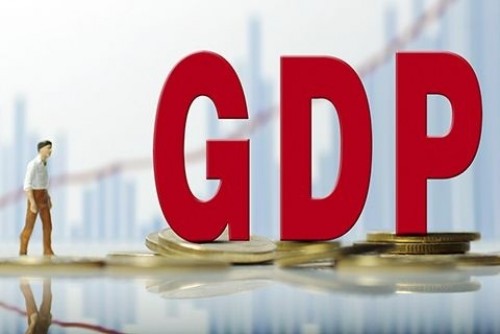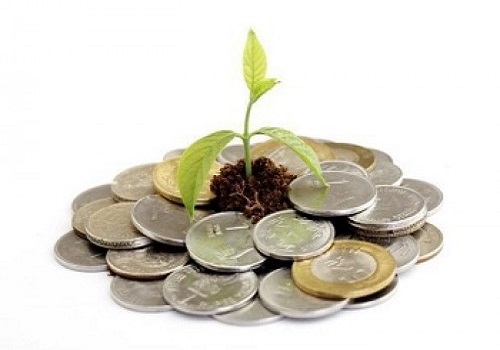Key gauges snap 5-day losing run; Nifty ends near 17,150 mark
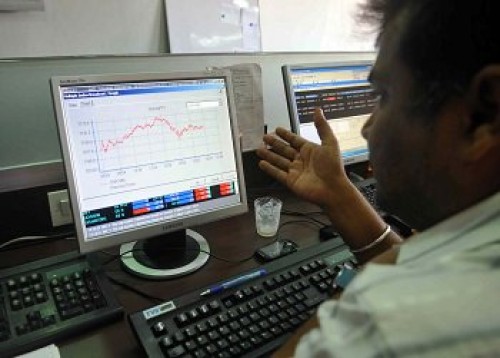
Follow us Now on Telegram ! Get daily 10 - 12 important updates on Business, Finance and Investment. Join our Telegram Channel
https://t.me/InvestmentGuruIndiacom
Download Telegram App before Joining the Channel
Indian equity benchmarks snapped a five-day losing run and ended higher by over a percent on Wednesday with the help of strong buying support in Auto, Energy and Oil & Gas stocks. A largely positive trend in global equities also helped the benchmarks get back on their feet. Markets made positive start and stayed in green for whole day, as traders took encouragement as describing the Indian economy's recovery from the COVID-19 pandemic as distinct and pronounced, Finance Minister Nirmala Sitharaman exuded confidence about India posting robust economic growth this decade. Separately, she said the US-India relationship is at its best and will strengthen the global order in these challenging times. Some solace came as private report stated that hiring activity witnessed a 6 per cent year-on-year growth in March this year, supported by a rebound in economic activities and led by sectors such as banking and telecom.
Sentiments remained positive in late afternoon deals, as India is planning to set up “digital only” banks and non-banking financial companies (NBFCs) to ensure that business continuity in the lending system is not affected even in exceptional times. Besides, the government has set the foodgrain production target at a record level of 328 million tonnes for the 2022-23 crop year on the back of good monsoon rains. The target is 3.8 per cent higher compared to previous year's output. Traders overlooked the International Monetary Fund’s (IMF) report in which it has slashed its gross domestic product (GDP) growth forecast of India to 8.2 per cent for fiscal year 2022-23 (FY23) from 9 per cent forecasted earlier. It said that higher commodity prices will weigh on private consumption and investment. This was one of the steepest cuts for emerging economies compared to the IMF’s January WEO forecasts. Meanwhile, the government said 1.03 lakh new manufacturing and service units were set up under its flagship scheme PMEGP along with creation of over 8.25 lakh jobs in the last financial year.
On the global front, Asian markets ended mostly higher on Wednesday following the broadly positive cues from Wall Street, as traders reacted positively to some of the latest corporate earnings news and also picked up stocks at a bargain after the recent drop in the market. However, the continued escalation in the Russia-Ukraine conflict and the prospects of increasing stringent sanctions to be imposed on Russia by the Western countries rendered the mood cautious. European markets were trading higher as a spate of strong corporate results helped outweigh worries over the Ukraine war, slowing growth and expectations of aggressive tightening by the Federal Reserve. Investors also shrugged off data showing that German producer prices rose 30.9 percent year-on-year in March, reflecting the effects of the Ukraine conflict for the first time. Back home, OMCs stocks were in watch as Fitch Ratings said further hikes in retail fuel prices may be required for state-run oil marketing companies' marketing margins to reach pre-November levels. Fertilizer industry stocks were buzzing with a private report that India’s fertiliser subsidy expenses could touch Rs 2 trillion in 2022-23 because of a sharp spike in global prices of urea, di-ammonium phosphate (DAP) and muriate of potash (MoP) in the last one year.
Finally, the BSE Sensex rose 574.35 points or 1.02% to 57,037.50 and the CNX Nifty was up by 177.90 points or 1.05% to 17,136.55.
The BSE Sensex touched high and low of 57,216.51 and 56,521.33, respectively. There were 20 stocks advancing against 10 stocks declining on the index.
The broader indices ended in green; the BSE Mid cap index rose 0.45%, while Small cap index was up by 0.36%.
The top gaining sectoral indices on the BSE were Auto up by 2.21%, Energy up by 2.19%, Oil & Gas up by 1.85%, TECK up by 1.45% and Telecom up by 1.40%, while Metal down by 0.41%, Utilities down by 0.18%, Bankex down by 0.17%, Capital Goods down by 0.15% and Power down by 0.08% were the top losing indices on BSE.
The top gainers on the Sensex were Ultratech Cement up by 3.52%, Asian Paints up by 3.17%, Maruti Suzuki up by 3.10%, Reliance Industries up by 3.03% and TCS up by 2.35%. On the flip side, Bajaj Finance down by 3.35%, ICICI Bank down by 1.45%, Bajaj Finserv down by 1.15%, Tata Steel down by 0.89% and ITC down by 0.75% were the top losers.
Meanwhile, the International Monetary Fund (IMF) in its latest World Economic Outlook (WEO) report has slashed its gross domestic product (GDP) growth forecast of India to 8.2 per cent for fiscal year 2022-23 (FY23) from 9 per cent forecasted earlier. It said that higher commodity prices will weigh on private consumption and investment. This was one of the steepest cuts for emerging economies compared to the IMF’s January WEO forecasts.
The agency cut its global growth outlook for calendar year 2022 to 3.6 per cent from 4.4 per cent, saying that global economic prospects have worsened significantly due to commodity price volatility and disruption of supply chains caused by the war in Europe and added that both Russia and Ukraine could experience large GDP contractions.
As per the report, the multilateral institution cut the calendar year 2022 (or fiscal year 2022-23 in case of India and some other nations) GDP forecast for almost all developed and emerging economies. Notable downgrades to the 2022 forecast include Japan (0.9 percentage point) and India (0.8 percentage point), reflecting in part weaker domestic demand - as higher oil prices are expected to weigh on private consumption and investment - and a drag from lower net exports.
It also expected India’s FY23 current account deficit to be 3.1 per cent, compared with 1.5 per cent expected for FY22. There was also a cut in India’s FY24 GDP growth forecast to 6.9 per cent from 7.1 per cent estimated in IMF’s January report. The IMF’s projection of India’s retail inflation is now at 6.1 per cent, higher than the Reserve Bank of India’s (RBI’s) forecast of 5.7 per cent.
The CNX Nifty traded in a range of 17,186.90 and 16,978.95. There were 38 stocks advancing against 12 stocks declining on the index.
The top gainers on Nifty were BPCL up by 4.23%, Tata Motors up by 3.75%, Shree Cement up by 3.68%, Eicher Motors up by 3.63% and Maruti Suzuki up by 3.51%. On the flip side, Bajaj Finance down by 2.90%, Bajaj Finserv down by 1.28%, ICICI Bank down by 1.25%, JSW Steel down by 0.96% and Larsen & Toubro down by 0.86% were the top losers.
European markets were trading lower; UK’s FTSE 100 increased 27.08 points or 0.36% to 7,628.36, France’s CAC increased 83.80 points or 1.28% to 6,618.59 and Germany’s DAX increased 156.91 points or 1.11% to 14,310.37.
Asian markets ended mostly higher on Wednesday tracking overnight Wall Street gains on the back of strong housing data and a steep drop in oil prices. Japanese shares climbed after data showed that exports grew 14.7 percent year on year and imports grew an annual 31.2 percent in March, while the yen's recent slump boosted export-oriented shares. However, Chinese shares declined after Chinese central bank surprisingly kept its benchmark lending rates steady. The one-year loan prime rate (LPR) was kept at 3.70% and the five-year LPR was unchanged at 4.60%, which markets see as Beijing’s cautious approach to rolling out more easing measures.
Above views are of the author and not of the website kindly read disclaimer


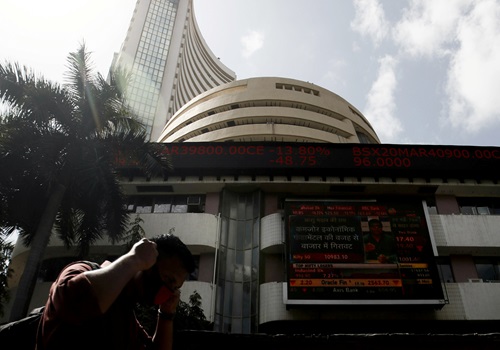


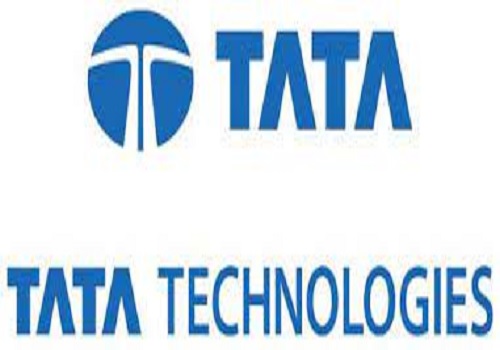




Tag News

Weekly Market Analysis : Markets strengthened recovery and gained nearly 2% in the passing w...
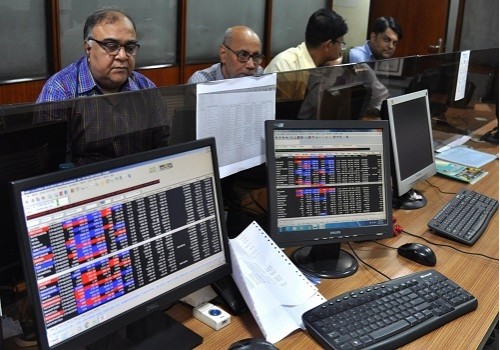
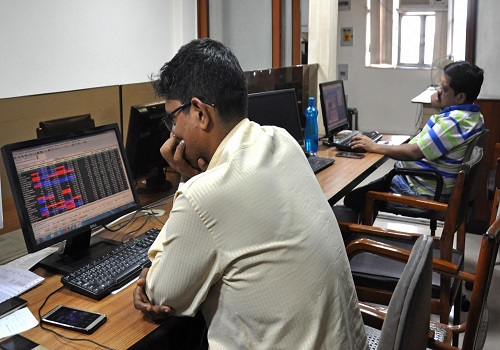
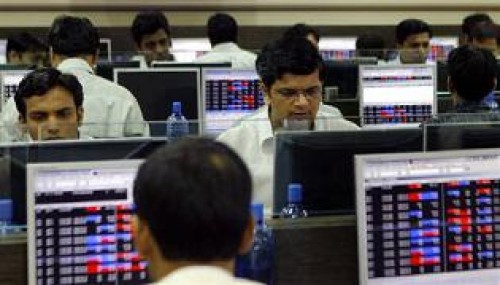
More News

The Nifty trend deciding level for the day is 15860 - Axis Securities
